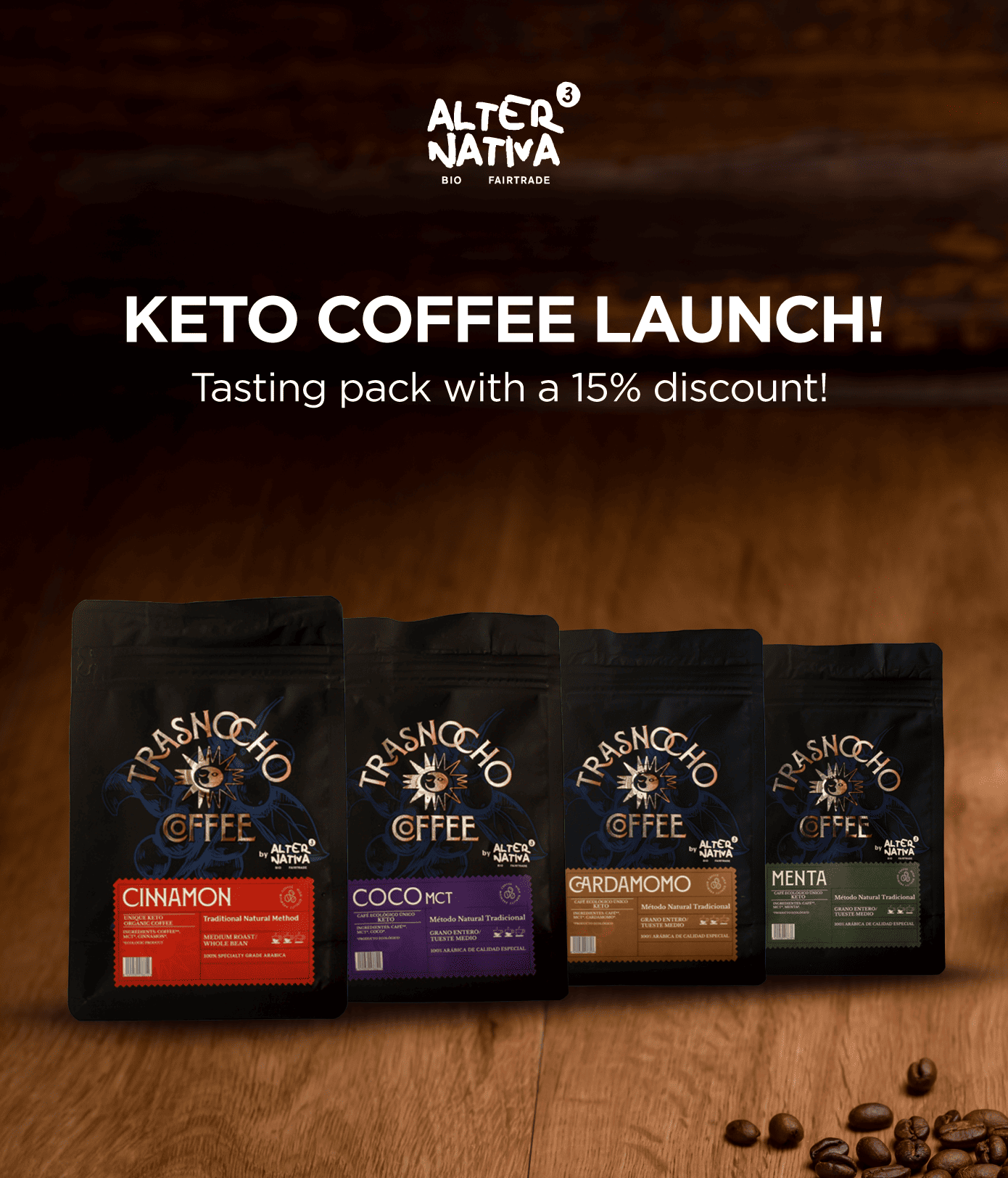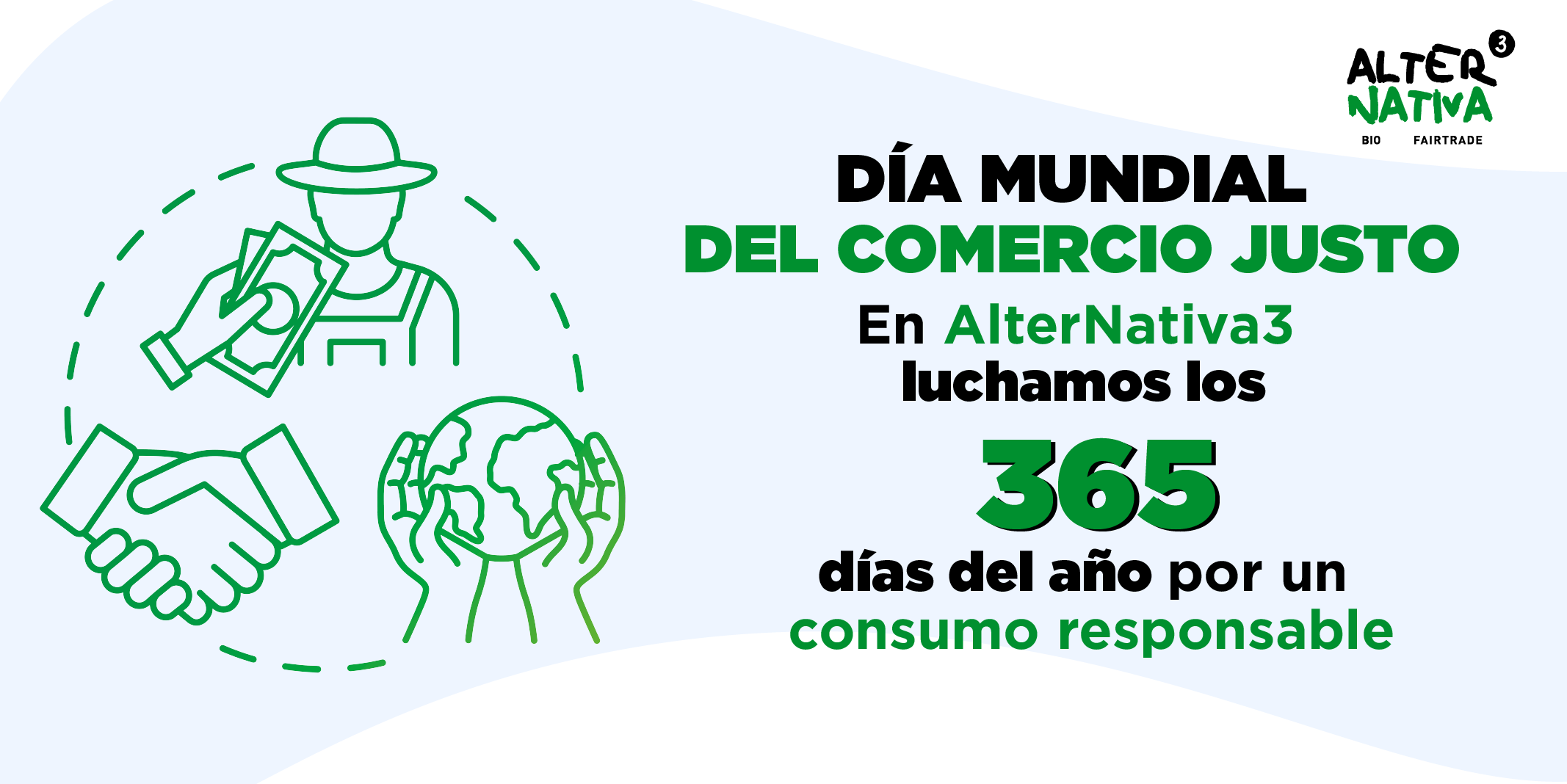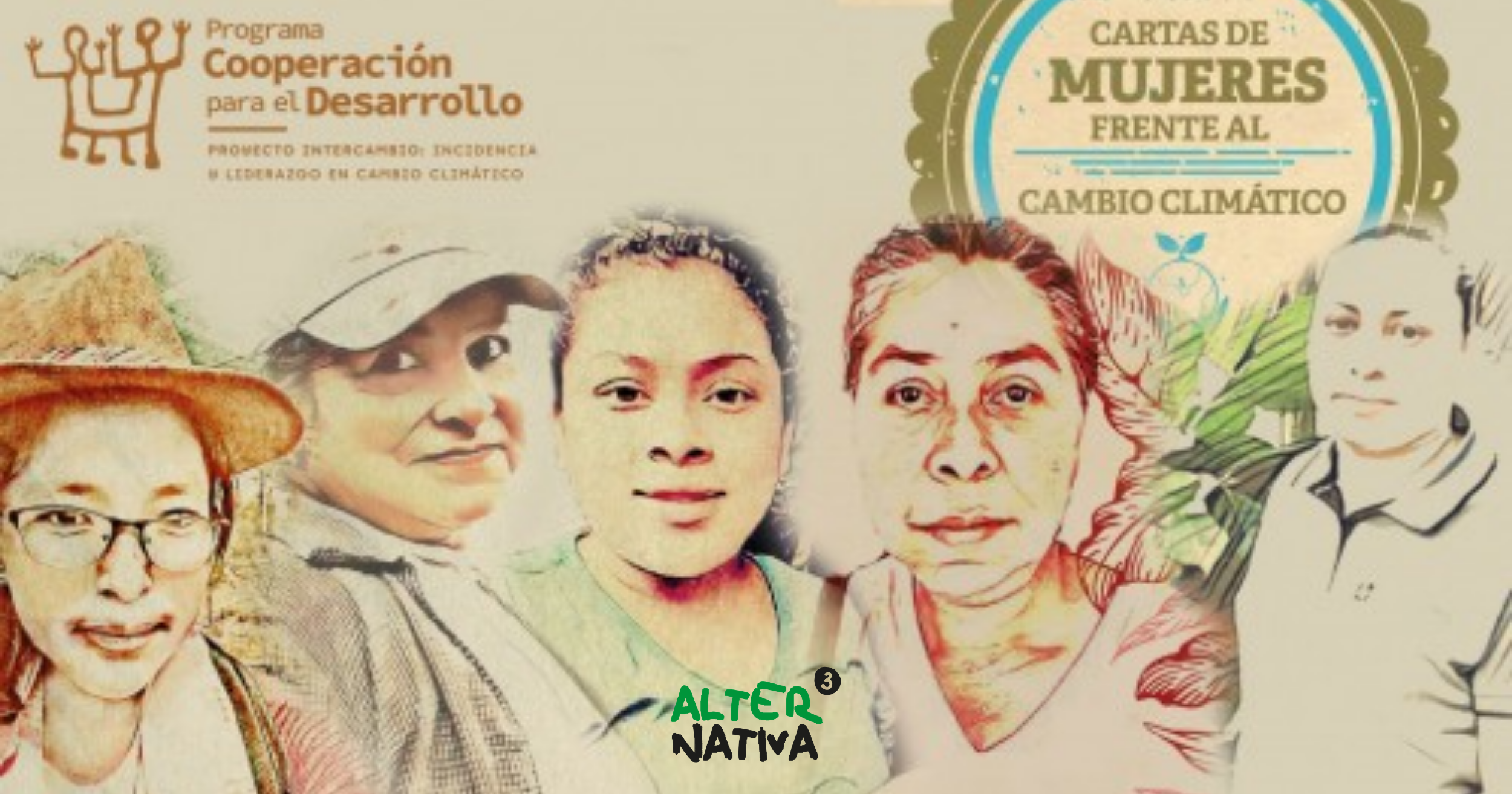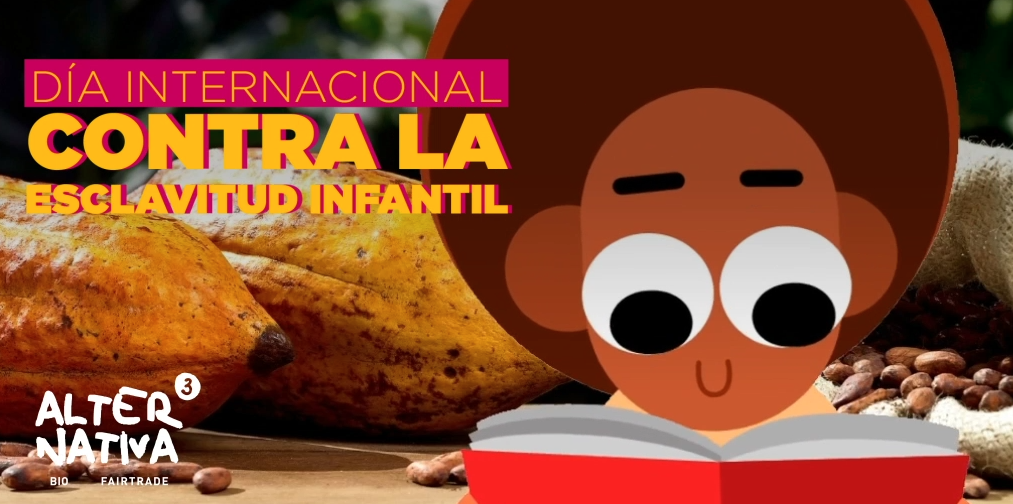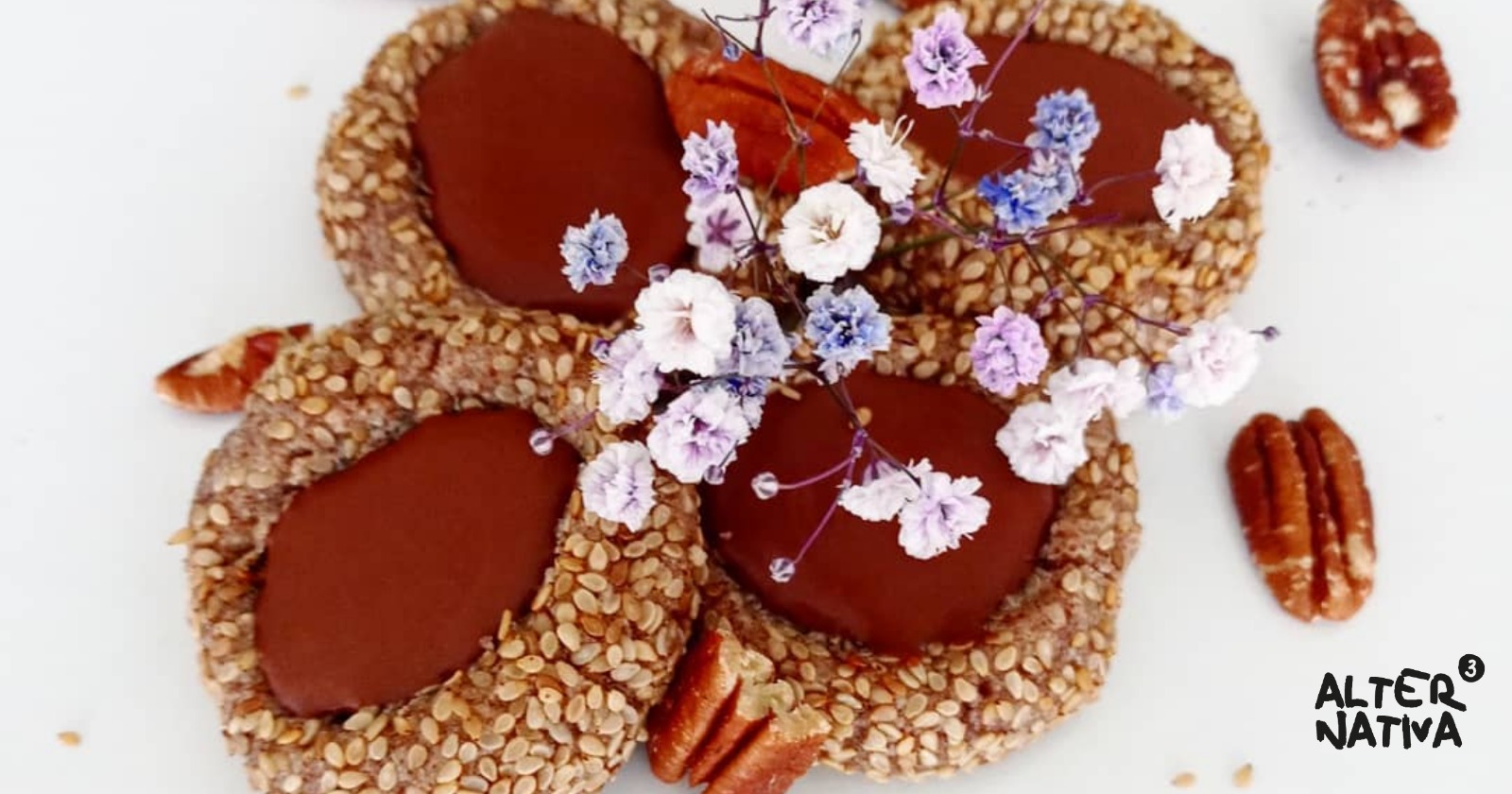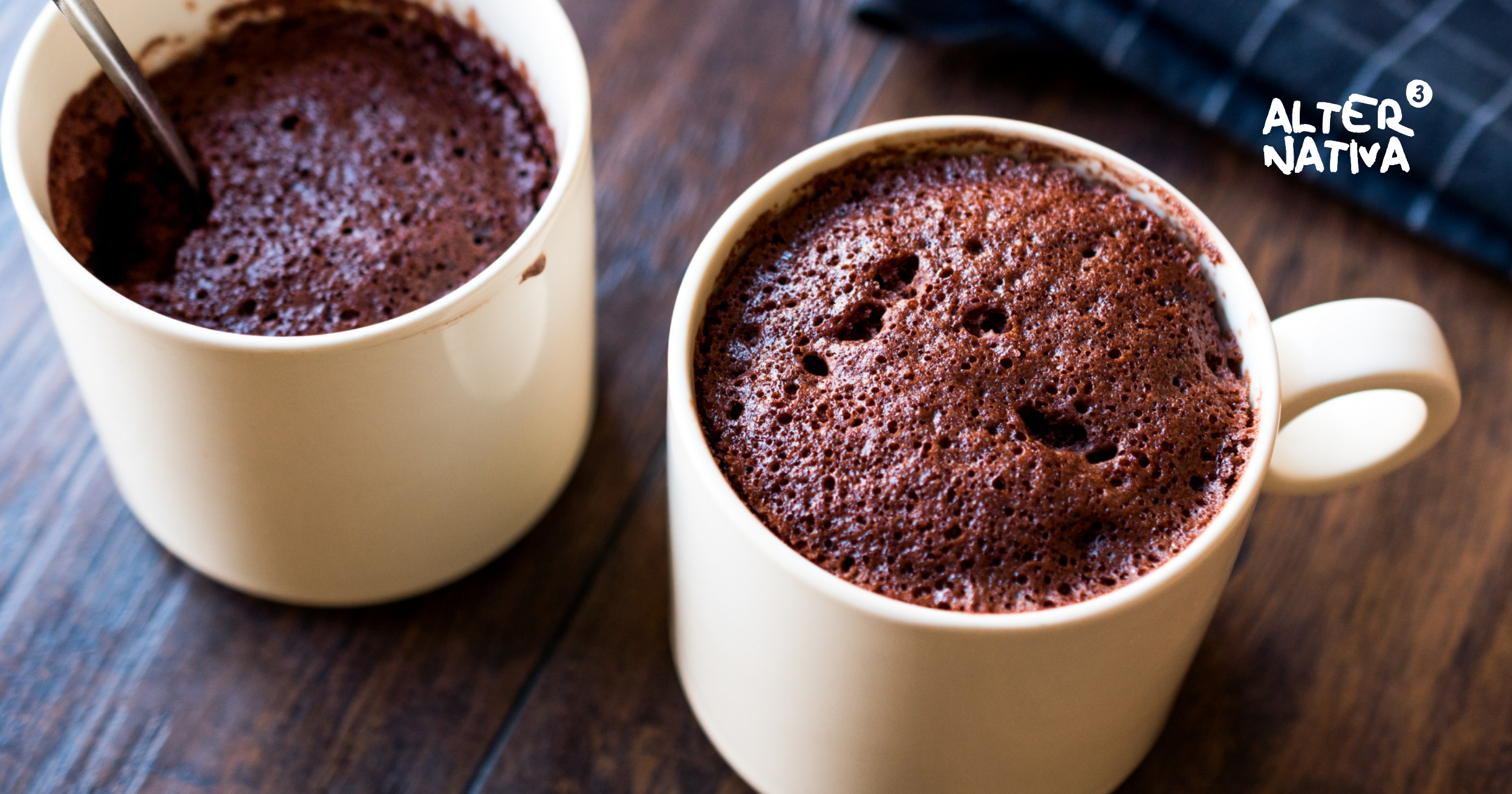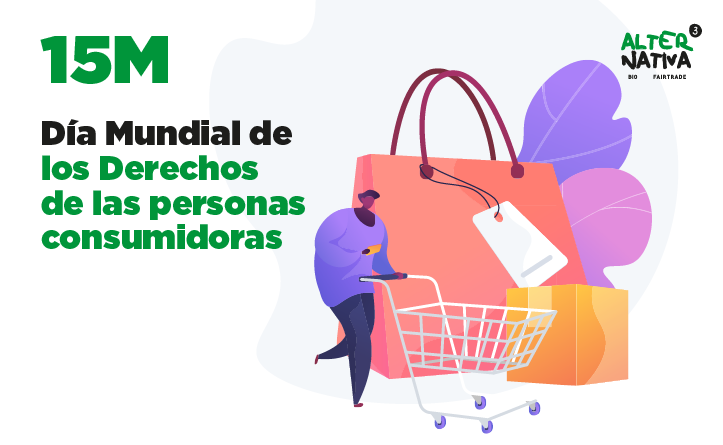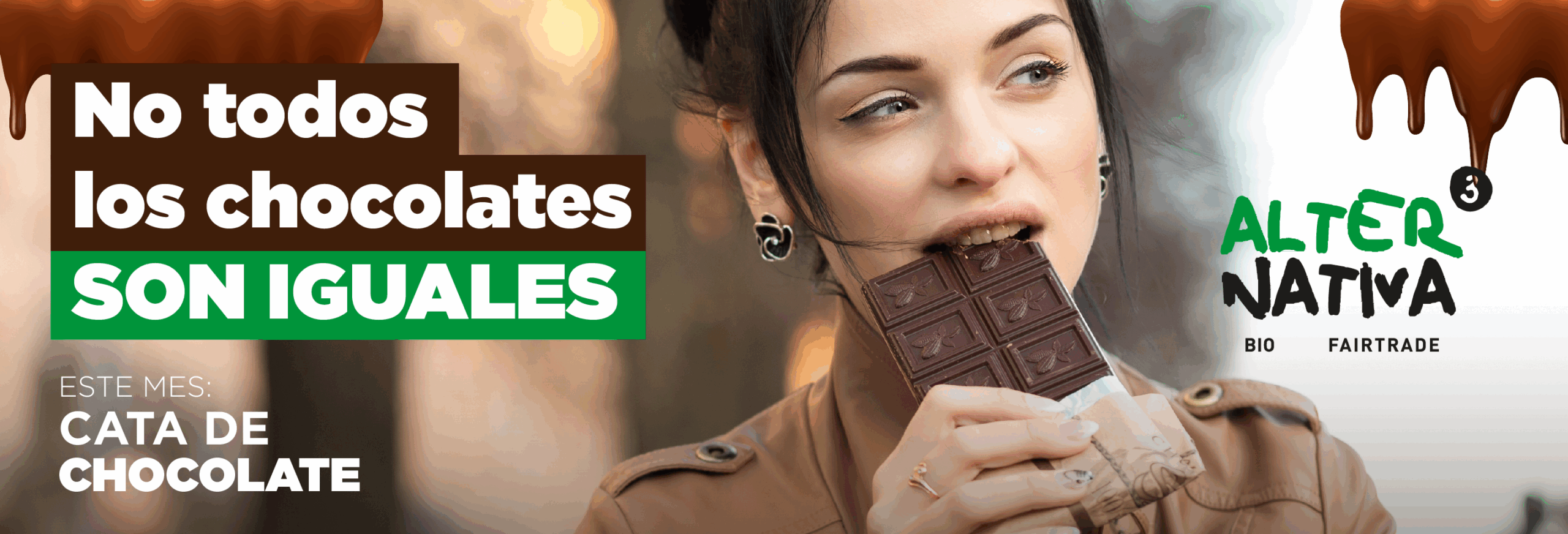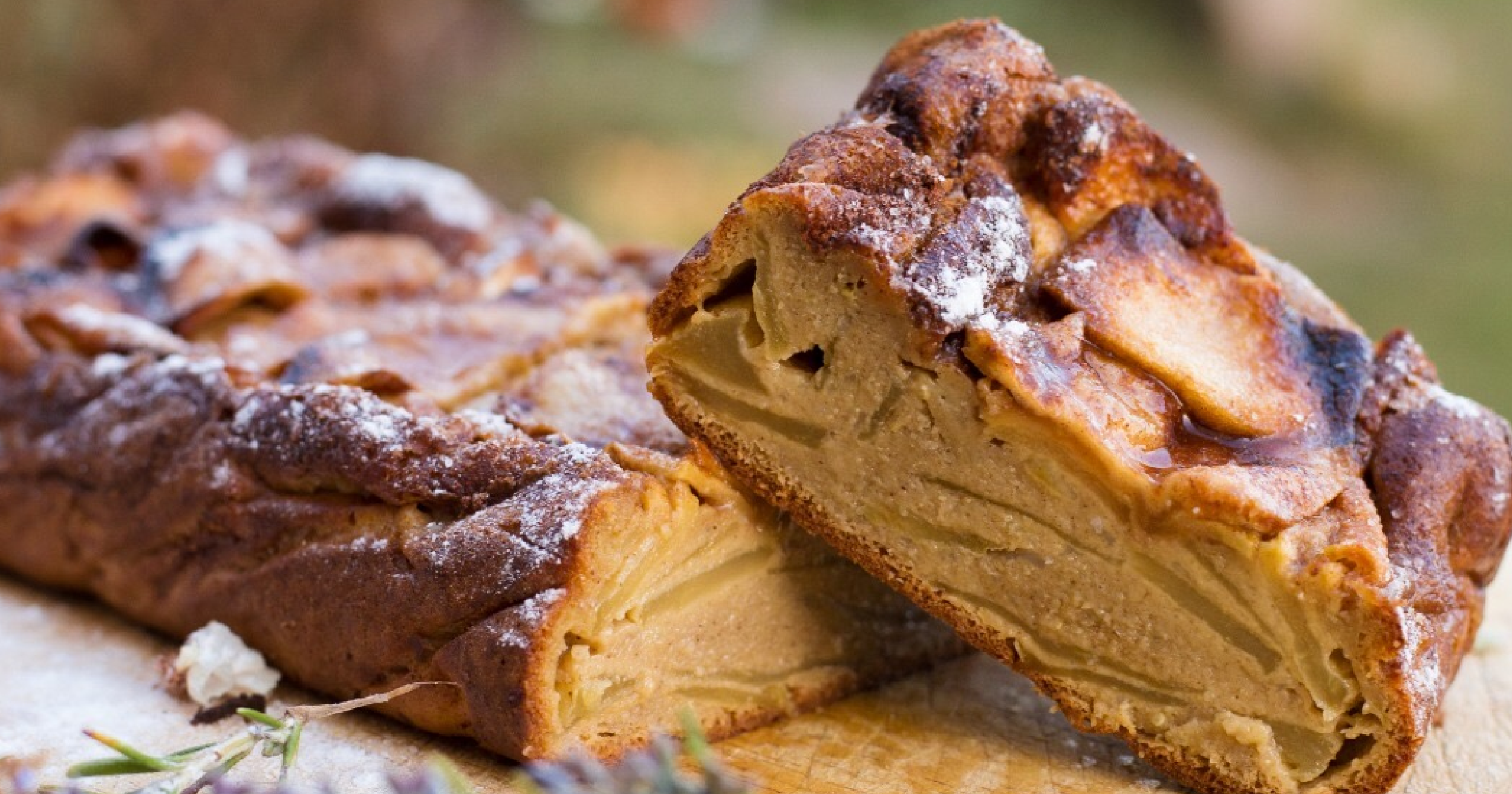A chocolate tasting can become a fun way to have a good time with your friends, your family or on your own. It mainly consists of tasting chocolate to get to know all its properties, being aware of all the nuances that make it up.
Tasting chocolate means appealing to the senses. That is why it is vital that you do the tasting in a place away from the distractions of noises and smells, where you can relax and concentrate quietly.
The basic rules for chocolate tasting
Before you start, there are some basic rules to keep in mind that will help you capture all the nuances and properties of each ounce:
Order from least to most cocoa:
Before you start, we advise you to order the chocolates from the lowest to the highest cocoa content. This will help in the perception of flavours, as if you start by tasting the most intense chocolates, the palate will probably become saturated.
For example, you can start the tasting with our chocolate 60 % with ginger and lemoncontinue with the dark chocolate mascao 85 % and end our organic chocolate 100 % cocoaThey are sure to surprise you!
Do not open the chocolate prematurely:
We recommend open the chocolate shortly before tasting. In this way, you will prevent the aromas from being lost or the chocolate from picking up nearby smells.
The importance of the glass of water:
We suggest have a glass of water available during the chocolate tasting. This way you can cleanse your taste buds to perceive all the nuances.
Ready to go!
Cocoa has the most complex natural flavour, as you can find up to 400 different aromas in a single ounce. Therefore, when tasting chocolate, you should bear in mind that it is an exceptional food and put all your senses into the tasting.
What is your visual perception?
First start by look closely at the chocolate bar. Look to see if it has a shiny or matt appearance, if its surface is smooth or if it is rough or grainy. You should also take into account possible defects, such as white spots or streaks, which are symptoms of poor tempering or conservation.
Auditory sensation: fundamental:
In the second step, the ear is the protagonist. When you break the chocolate you will hear a snap: if the snap is dry and clean, it means that you are in front of a very good quality chocolate, composed of healthy and very beneficial cocoa butter. At AlterNativa3 we take the ingredients of our chocolates very seriously. That is why they are all made by our cooperatives with high quality cocoa butter.
Pay attention to olfactory sensations:
It's time to smell the chocolate ounce, captures its aromas and all the nuances that make up its flavour.. Each type of bean, also depending on the way it has been treated, offers different aromas. Relax, breathe in slowly and appreciate the different notes of nuts, flowers, vanilla, ginger, orange, etc. In just one ounce of chocolate you can discover many different aromas. In just one ounce of chocolate you can discover many different aromas. Enjoy them!
Finish by analysing the taste sensation:
Now put your taste buds to work. Take a small piece of chocolate, break it with your teeth and let it melt slowly on your palate. At this point your taste buds will pick up a multitude of flavours and nuances.The ingredients used range from the most natural elements to those derived from cocoa roasting.
Finally, we recommend you to relax and enjoy all the phases of the process. Do you dare to do your own chocolate tasting? At AlterNativa3 we offer you a great variety, you'll love it!
